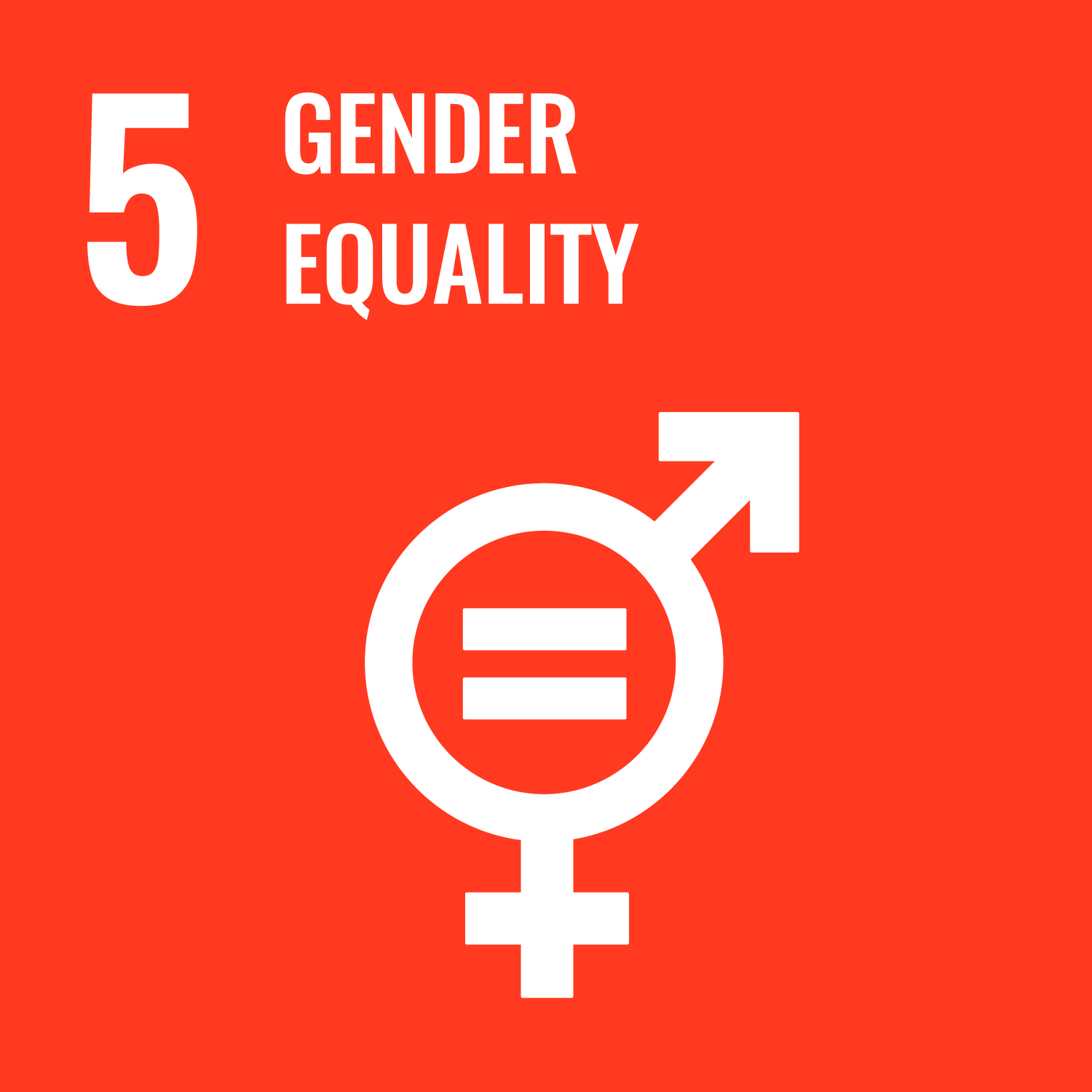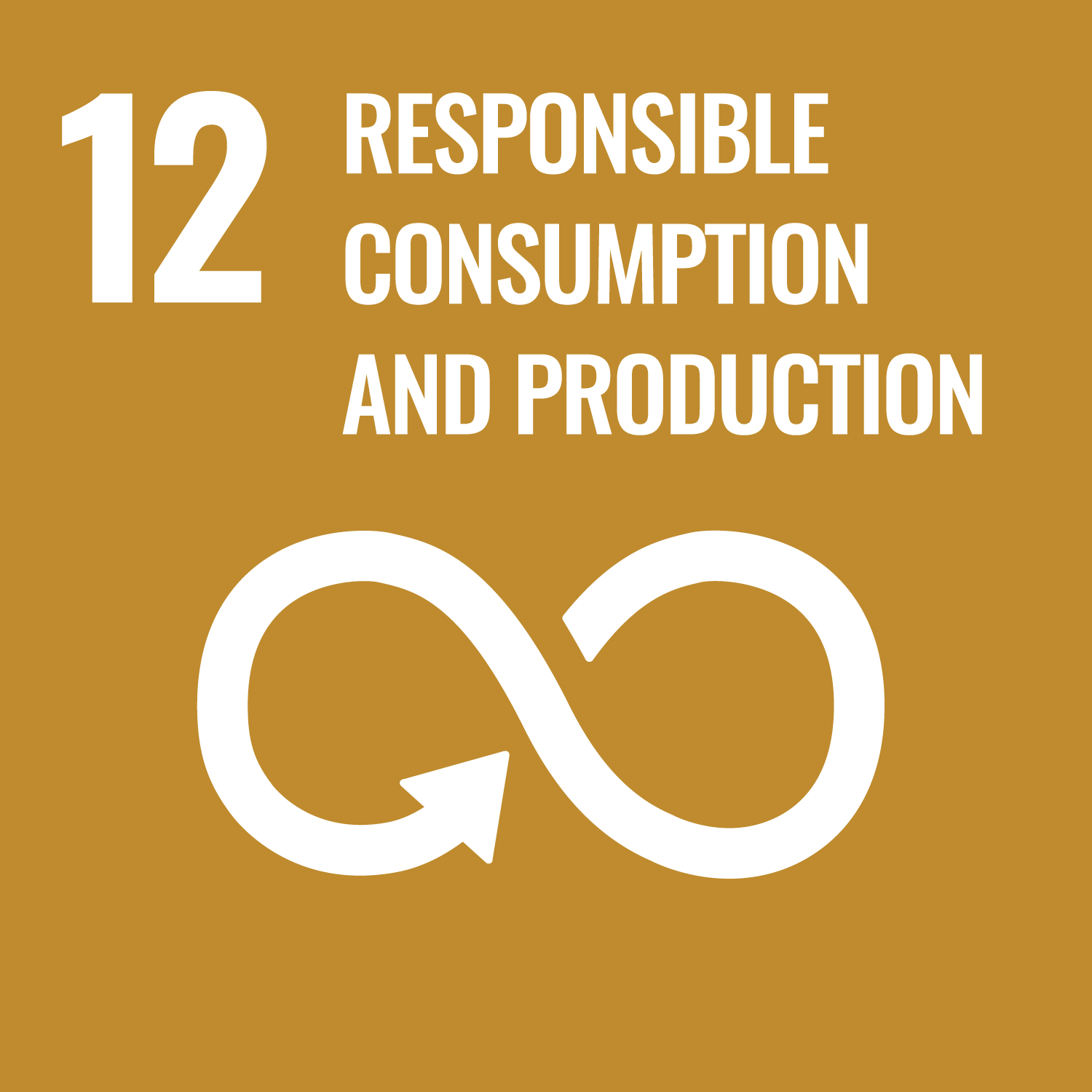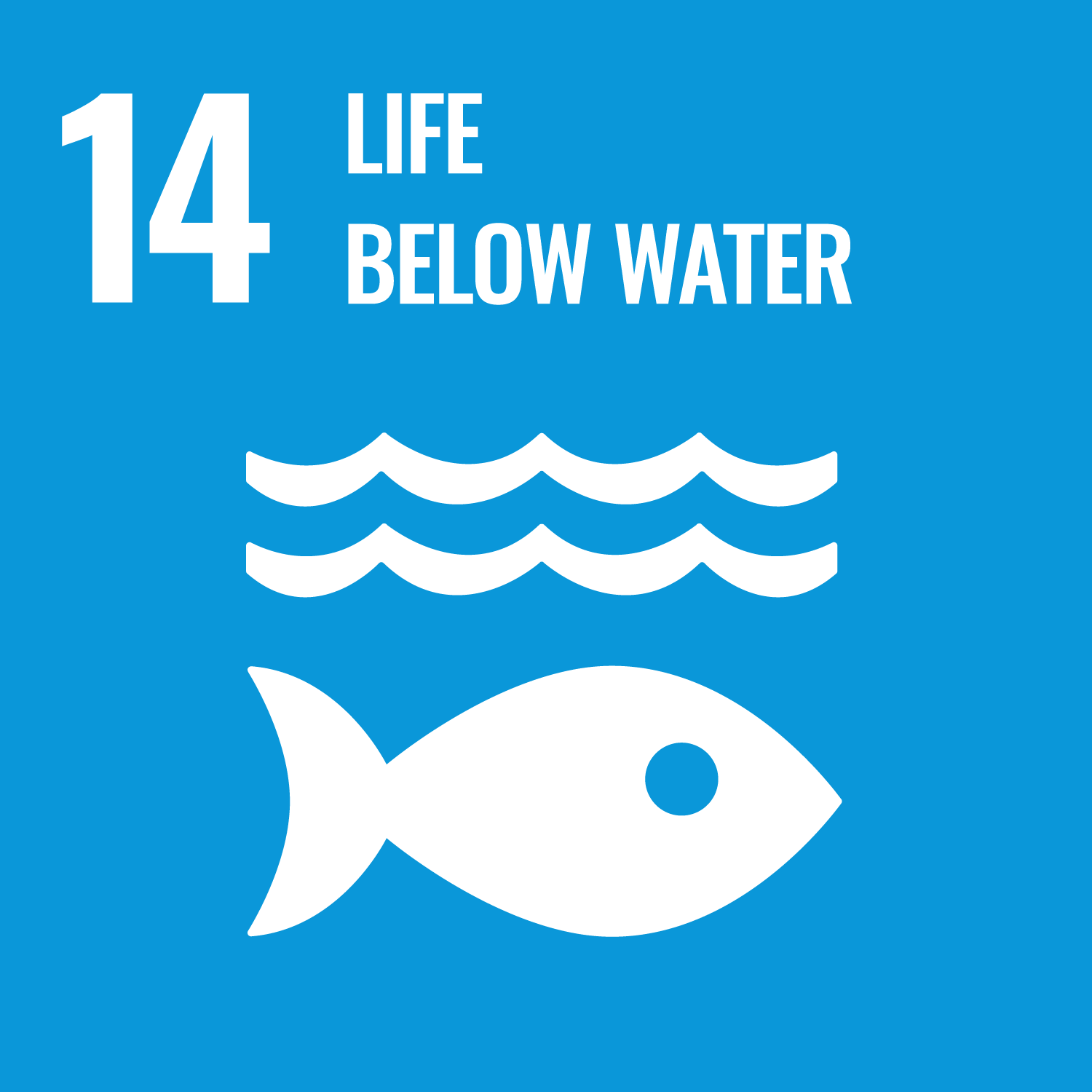Blue Port Project
The Blue Port Project (a project of the WILDTRUST) aims to create action-based research and implementation of strategic interventions to reduce plastic waste in the Durban Port and ultimately restore the Durban Bay to its natural functioning state. This is done through innovative waste trapping interventions and up-cycling initiatives. The project focuses on key hotspot areas of both waste accumulation and entry points into the port, activating both land and water cleanup interventions that will ultimately impact the health of the Port system and consequently, the human systems that depend on a high-quality habitat. This project will be supporting the collection of plastic waste, piloting plastic collection interventions and turning this plastic that is collected into "ocean pavers" (in collaboration with IMAGINEIF, a waste upcycling initiative), for a 12-month period


















